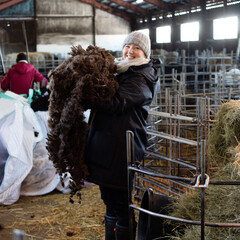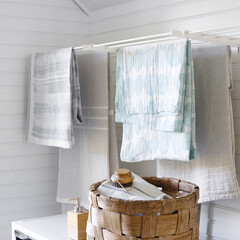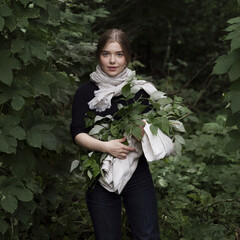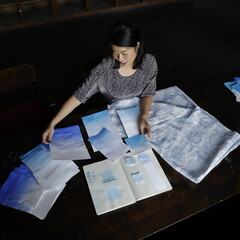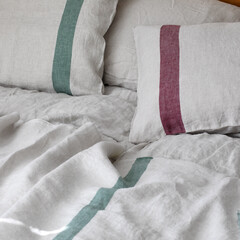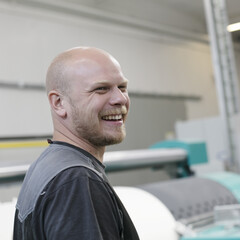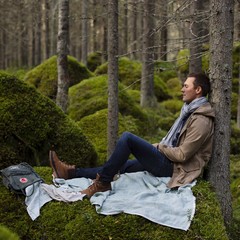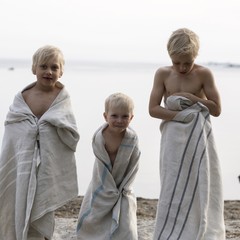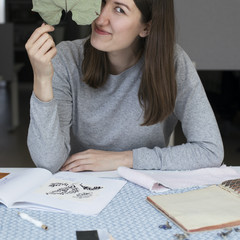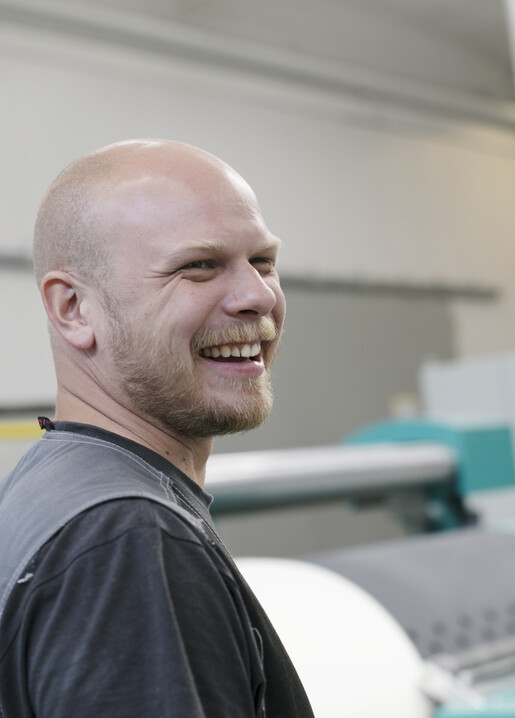
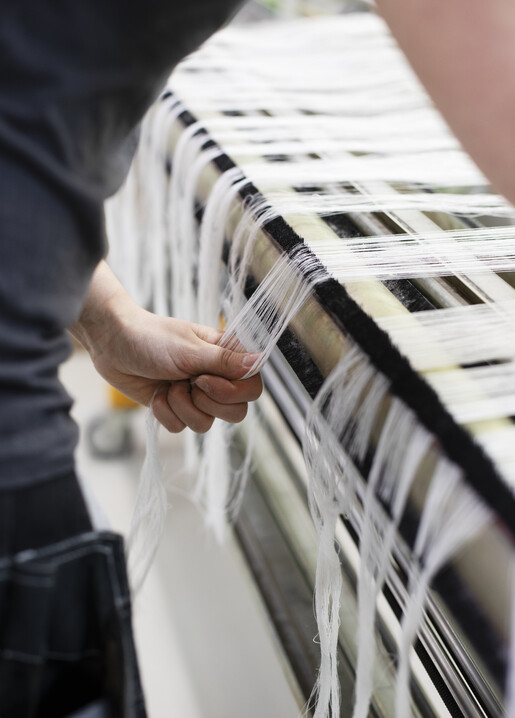
Weavers of Good Life
The weaving mill of Lapuan Kankurit in Lapua, Finland is filled with the enchanting rhythm of weaving machines as thousands of yarns interlace, twisting, entwining, and turning into beautiful fabrics. Their family has been manufacturing on a jacquard loom in Lapua since the 1930s.
Today, Lapuan Kankurit is a family business owned by fourth generation weavers Esko and Jaana Hjelt. Lapuan Kankurit aims to develop the best textiles in the world by combining their weaving tradition with the latest innovations. “Weaving as a business is very challenging,” says Esko Hjelt. “You must have the knowledge of weaving as a traditional craftsmanship, but you also have to be able to modernize and develop weaving processes, and to bring innovation into textile craft.” To make this happen, Lapuan Kankurit has invested over 2.5 million euros in the development of their weaving manufacturing processes at the Lapua weaving mill. Old, mechanically controlled machines, that used a set of punched cards indicating the pattern, are now replaced by top of the line technology.
“Digitalization and modernization enable us to easier experiment with new techniques and materials, and of course to improve our processes,” Esko Hjelt says. “We use the best technology available to ensure that our products are of the highest quality.” Despite all the modern technology, Lapuan Kankurit hasn’t forgotten that it is people who run the machines. “Good design and our own production line are important, but equally important are our people. We wouldn’t get by without our devoted and skilled staff,” says Jaana Hjelt.
Lapuan Kankurit is a Masters of Linen certified mill. The label is granted to linen product manufacturers in Europe using linen yarn grown and spun in an eco-friendly manner – linen that is 100 percent traceable. Esko Hjelt emphasizes that Lapuan Kankurit commits to environmentally responsible practices on all levels. “To us, being a master of linen means mastering every detail of the industrial weaving process, making them sustainable and transparent. We think that it is our responsibility to lead by example and show that textiles can and should be manufactured responsibly.”


